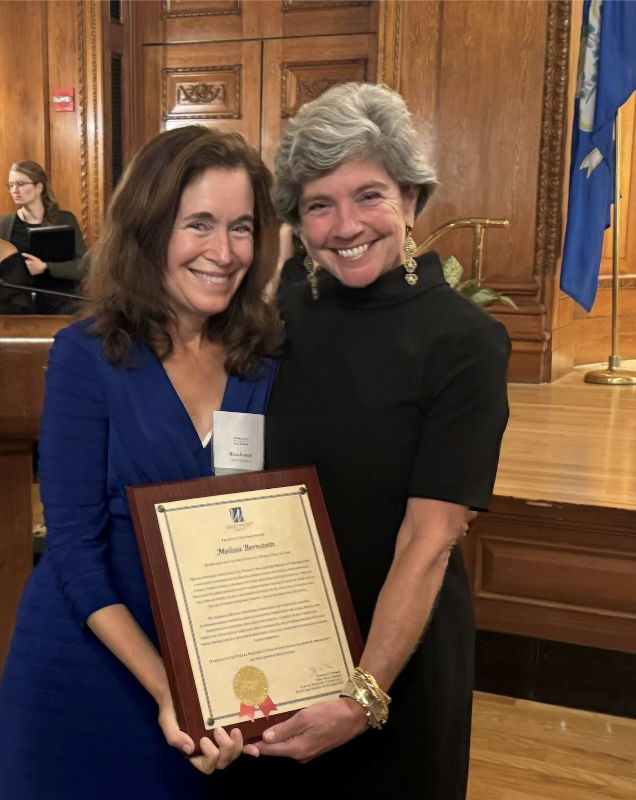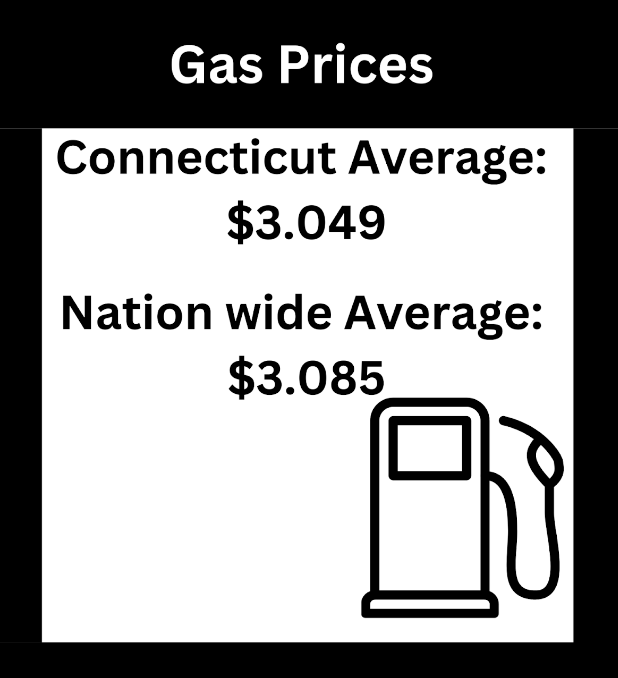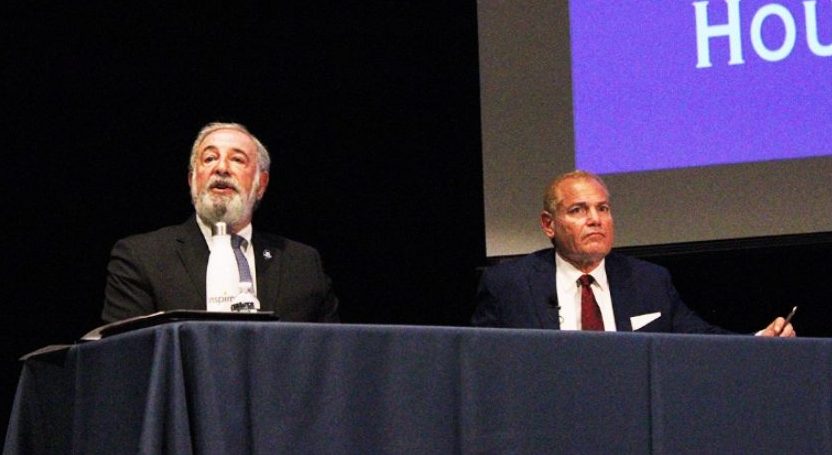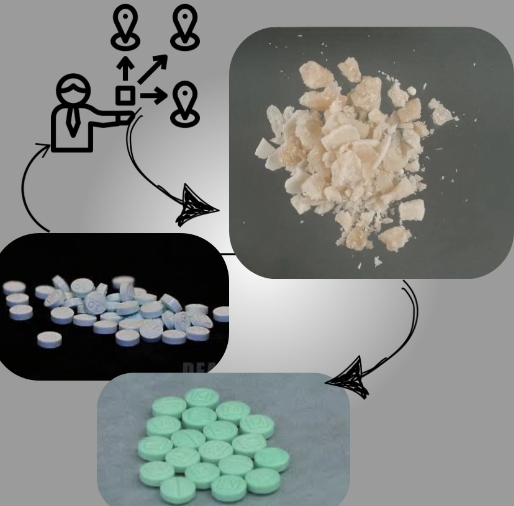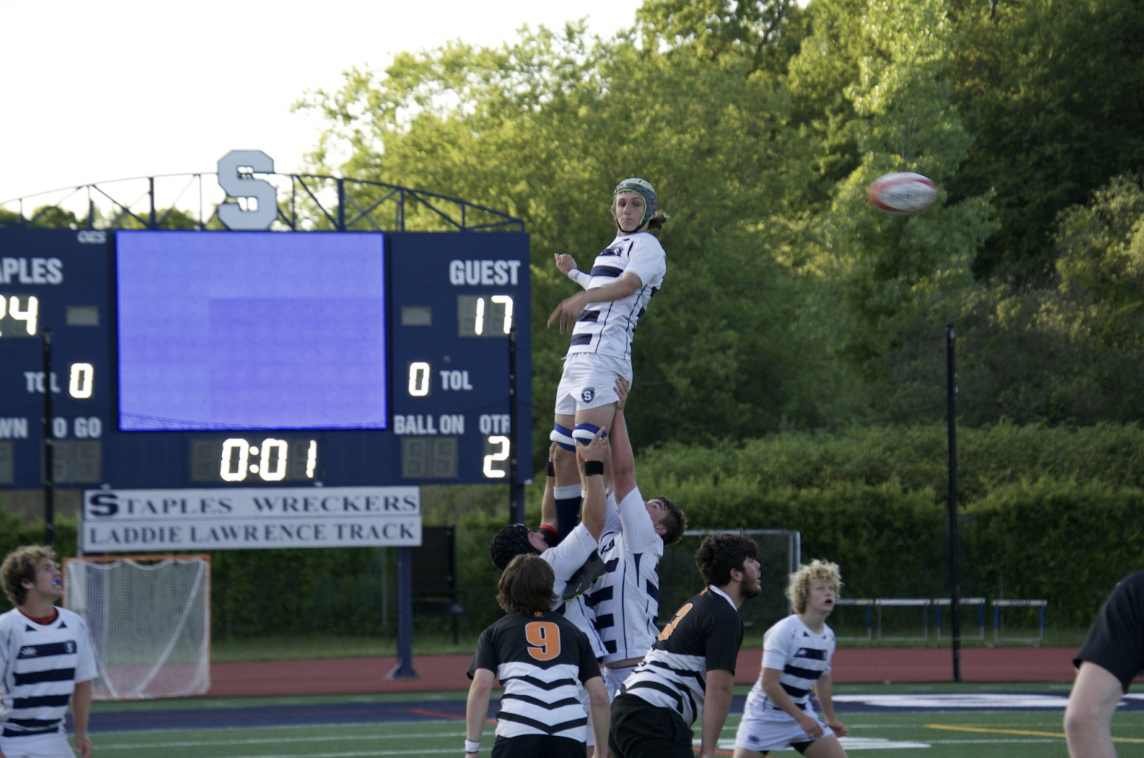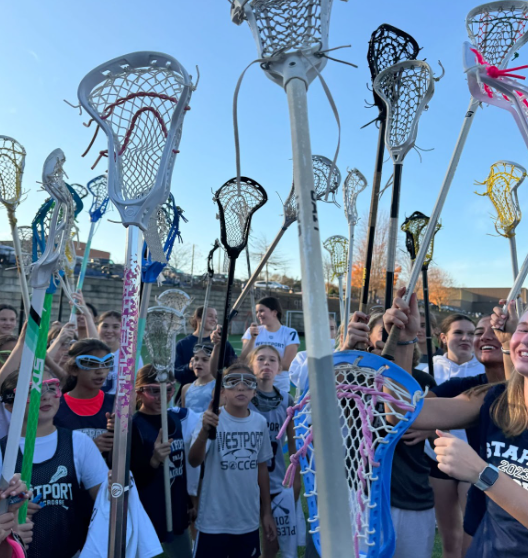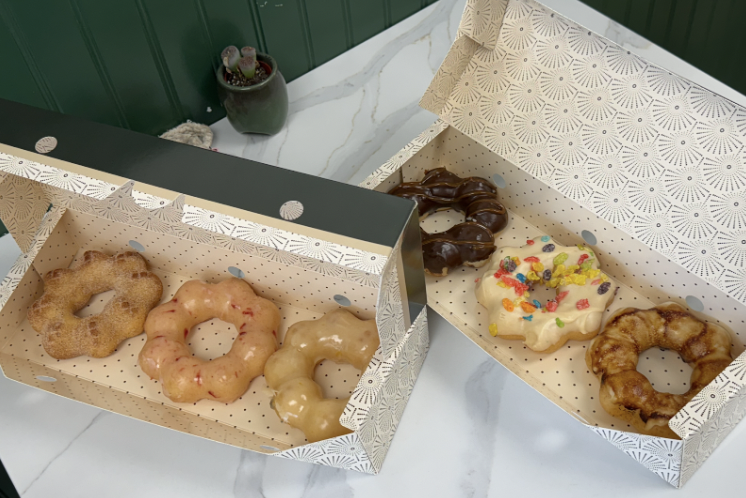I used to think that I was immune to campaign advertisements; I had my beliefs, and they couldn’t be swayed by a T-Shirt or catchy slogan. The lawn signs I glance at on my bus ride home? An eyesore. Advertisements? There’s a skip ad button for a reason. Candidate themed chocolate bars, which exist for some reason? I’ll have a Hershey bar, thanks. It felt like candidates never put the effort in to reach out to young people in a meaningful way, and that lack of careful advertising towards youth was certainly felt at the polls.
According to the Center for Information and Civic Learning and Engagement at Tufts university, only 21.4% of eligible voters ages 18-29 cast a ballot in the 2022 midterm elections, compared to the 46% of all eligible voters who cast a ballot, according to the Pew Research Center.
But my apathy towards political marketing was changed this election year; during some of my regular 5- minute TikTok breaks, I’ve been noticing a lot more political content popping up on my for you page, specifically from one account: Kamala HQ. Kamala HQ primarily focuses on posting edits (like on to “Femininomenon” by Chappell Roan,) or announcing endorsements (like when Beyoncé recently endorsed Harris), or dragging Trump’s name through the mud. And their strategies are paying off. Biden HQ, when he dropped out of the race, had 470,000 followers. Kamala HQ has five million, a more than 10 times increase. On the other hand, Team Trump, the Trump campaign’s account, isn’t finding as much success, with 3.6 million followers, and 109.1 million likes, less than half of Kamala HQ’s. Both accounts are clearly trying to appeal to young people, by way of Gen Z slang or by capitalizing on trends.
“Kids are on their phones all the time,” social studies teacher Nell-Ayn Lynch said. “So if [campaigns] can really just infiltrate that social media, whether it’s something funny or something sweet, […] that’s a name that will keep coming up, so hopefully when they go to vote they’ll click that.”
TikTok campaigning, while a fairly recent phenomenon, will certainly have an effect on voting patterns. 48% of Americans aged 18-29 use TikTok and other social media websites to absorb their political news. Considering the particular content that Kamala HQ and Team Trump post, it becomes clear that the reach of such accounts is even wider, as 84% of TikTok users claim they see comedic posts that reference current events on TikTok, which encompasses a lot of their content.
The uptick in marketing on TikTok is reflective of a wider shift in how Americans get their news. In a survey of 400 teenagers by The New York Times, the vast majority said social media was their main source of news, so it’s only natural that candidates would seek to capitalize on the increasing attention to social media. However, this change in sources leads to a lack of fact checking and verification of information.
“People don’t fact check […] they’ll hear something or they’ll see something and then word spreads,” Lynch said. “It’s super dangerous, that’s what we’re trying to teach our students here, is to verify sources.”
However, a drawback of social media marketing has potential for misinformation. One example is clear in TikTok ads; TikTok has a policy that explicitly bans all paid political advertisements. However, in a study run by the nonprofit Global Witness, eight ads containing false information about voting (like online voting, which does not exist), or even ads that threaten electoral workers, that clearly violated their policy were submitted to the platform. Four of the eight, a shocking 50%, were approved. Given the lack of regulation on ads, the unsponsored content is even more open to misinformation.
Both Team Trump and Kamala HQ have published misleading content. Team Trump posted a video of Trump ‘working’ in a McDonald’s where he gives a family their order, in what was clearly designed to be an uplifting moment proving Trump’s commitment to the average American. However, NBC News reported that the McDonald’s, located in key battleground state Pennsylvania, was in fact closed when Trump was there, and the customers seen in the video were pre-selected by the Trump campaign. On the other hand, Kamala HQ has committed similar acts of misinformation, by way of clipping Trump’s remarks at rallies out of context to make it seem like he doesn’t know where he is.
“I personally think [such misinformation] is pretty exploitative,” Kasey Feeley ’26 said. “Specifically going for younger voters, who are less […] experienced in filtering biased content.”
America has always had a problem with young voter turnout; with campaign run accounts, young people will certainly be galvanized to vote, or at least to consider politics more in their lives. It seems like politicians are now trying to appeal to the next generation of voters, going past the run of the mill lawn sign and aiming for something that affects young people. However, the obvious pandering and misinformation taints the effort, and reminds us that at the end of the day, voters are often just numbers on a map to politicians, and the political content that we may take as lighthearted or poking fun has the ultimate agenda of convincing you to choose a certain candidate. TikTok may be a fun way to consume content, but don’t let it decide the way you vote.

